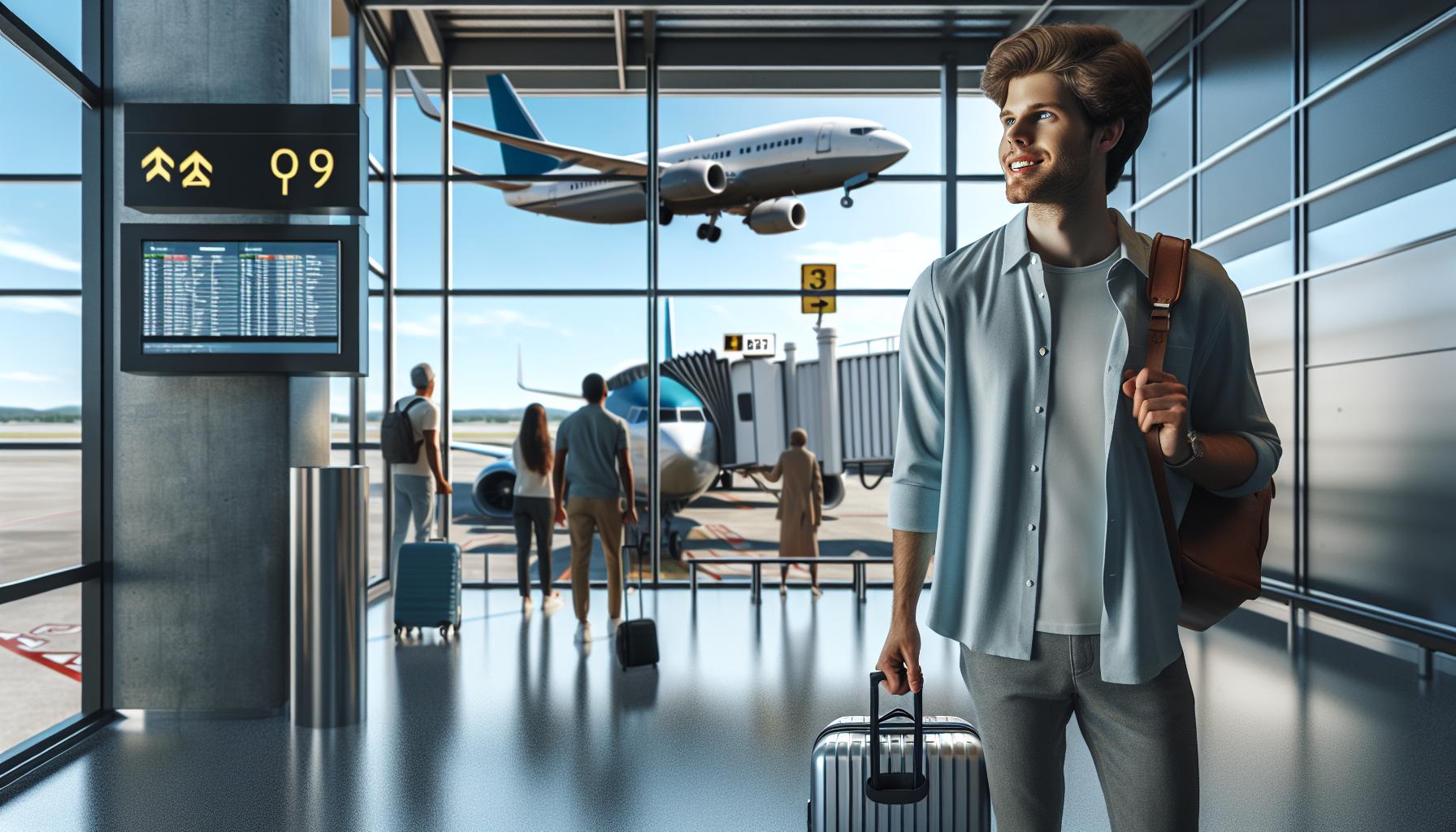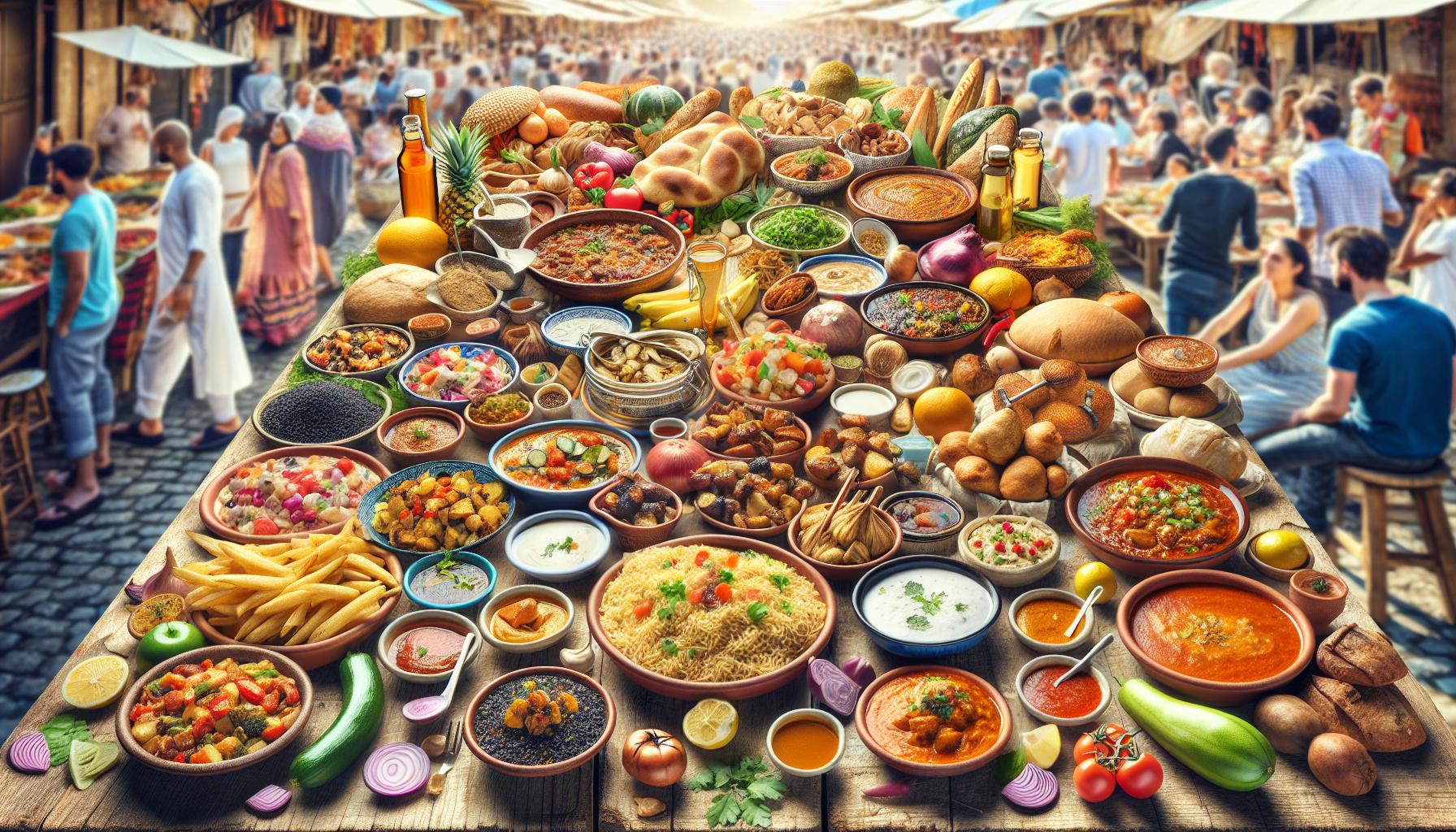As an avid traveler who’s explored over 30 countries I’ve learned that creating a realistic travel budget is crucial for any successful trip. While many people focus solely on flights and hotels they often overlook essential spending categories that can make or break their travel experience.
I’ll share my tried-and-tested travel budget categories that’ll help you plan your next adventure with confidence. After years of refining my budgeting process I’ve discovered that breaking down expenses into clear categories not only prevents overspending but also reduces stress during your journey. Whether you’re planning a weekend getaway or a month-long expedition these budget categories will ensure you don’t miss any important expenses.
Key Takeaways
- Travel budgets should be divided into fixed expenses (like flights and hotels) and variable costs (such as meals and activities) for better planning and tracking
- Essential travel costs typically account for 60-70% of your budget, covering accommodation, transportation, food, and safety needs
- Transportation expenses make up 25-40% of total trip costs, while accommodation represents 20-35% and food accounts for 15-25%
- Always reserve 5-10% of your total budget for emergencies and unexpected expenses like medical issues or lost items
- Using a combination of mobile apps and digital spreadsheets helps track expenses effectively across different budget categories
Travel Budget Categories
Travel budget categories divide into distinct spending groups that streamline expense tracking during trips. Here’s how I categorize different travel expenses based on my extensive international travel experience.
Fixed vs. Variable Travel Expenses
Fixed travel expenses include pre-determined costs paid before or during a trip:
- Transportation: Flight tickets, train passes, rental car reservations
- Accommodation: Hotel bookings, vacation rentals, hostels
- Travel Insurance: Medical coverage, trip cancellation protection
- Visa Fees: Entry permits, processing charges
Variable expenses fluctuate based on daily choices:
- Local Transportation: Taxis, subway fares, bus tickets
- Meals: Restaurant dining, groceries, snacks
- Activities: Museum entries, guided tours, entertainment
- Shopping: Souvenirs, personal items, unexpected needs
Essential vs. Non-Essential Costs
Essential travel costs cover basic trip requirements:
- Lodging: Safe accommodation in your destination
- Transportation: Getting to your destination and moving around
- Food: Three meals per day plus water
- Health & Safety: Insurance, medications, emergency funds
- Premium Upgrades: Business class flights, luxury hotels
- Entertainment: Concert tickets, spa treatments, nightlife
- Shopping: Clothing, gifts, local crafts
- Extra Activities: Optional tours, cooking classes, adventure sports
| Expense Type | Examples | Average Daily Budget (USD) |
|---|---|---|
| Essential | Food, Transport, Lodging | $150-200 |
| Non-Essential | Shopping, Entertainment | $50-100 |
| Fixed | Flights, Hotels | $1000-1500 per trip |
| Variable | Meals, Activities | $75-150 per day |
Transportation Expenses

Transportation costs form a significant portion of any travel budget, typically accounting for 25-40% of total trip expenses. Here’s a detailed breakdown of essential transportation categories to consider when planning your next journey.
Flights and Ground Transportation
International flight expenses vary based on destination distance seasonal timing factors. I’ve found economy class tickets range from $300-800 for short-haul flights (2-4 hours) to $700-2000 for long-haul flights (7+ hours). Additional transportation costs include:
- Airport transfers: $20-50 for taxis shuttles private services
- Train travel between cities: $30-150 per journey depending on class distance
- Inter-city buses: $15-40 for routes under 6 hours
- Ferry services: $25-75 for standard passenger crossings
- Public transit passes: $5-15 for daily unlimited rides
- Ride-sharing services: $8-20 per average urban trip
- Rental cars: $35-75 per day plus fuel insurance
- Scooter rentals: $15-30 per day in tourist areas
- Bike sharing: $10-20 for 24-hour access
| Transportation Type | Budget Range (USD) | Duration |
|---|---|---|
| Short-haul Flights | $300-800 | Per flight |
| Long-haul Flights | $700-2000 | Per flight |
| Train Travel | $30-150 | Per journey |
| Car Rental | $35-75 | Per day |
| Public Transit | $5-15 | Per day |
Accommodation Costs

Accommodation expenses represent 20-35% of a typical travel budget based on my analysis of global travel costs. I categorize accommodation options into distinct types with varying price ranges to help maximize value while maintaining comfort standards.
Hotels vs. Alternative Lodging
Hotels offer standardized amenities at predictable price points ranging from $50-$300 per night for mid-range options. Alternative lodging choices include:
- Hostels: $15-40 per night for dorm beds $40-80 for private rooms
- Vacation rentals: $60-200 per night for entire apartments
- Guesthouses: $30-70 per night including breakfast
- Camping sites: $10-30 per night for basic facilities
- Homestays: $25-50 per night with local families
- City center proximity: 30-50% premium compared to outskirts
- Tourist districts: 25-40% higher than residential areas
- Seasonal timing:
- Peak season: Base rates increase 50-100%
- Shoulder season: 20-30% lower than peak
- Off-season: 40-60% below peak rates
- Local events impact:
- Festivals: 75-150% rate increases
- Conferences: 50-100% higher prices
- Sports events: 40-80% premium
| Location Type | Budget Range (USD/night) | Mid-Range (USD/night) | Luxury (USD/night) |
|---|---|---|---|
| City Center | $80-120 | $150-250 | $300+ |
| Suburbs | $50-80 | $100-180 | $200+ |
| Beach Areas | $70-100 | $130-220 | $250+ |
| Rural Locations | $40-60 | $80-150 | $180+ |
Food and Dining Budget

Food expenses represent 15-25% of travel costs, varying significantly based on destination, dining choices, and cultural factors. I’ve developed effective strategies to balance culinary experiences with budget constraints through my extensive travels.
Grocery Shopping vs. Restaurants
Local grocery stores offer substantial savings compared to restaurants, with potential cost reductions of 40-60% per meal. Here’s my breakdown of typical daily food costs:
| Meal Type | Grocery Cost | Restaurant Cost |
|---|---|---|
| Breakfast | $3-8 | $8-15 |
| Lunch | $5-12 | $12-25 |
| Dinner | $8-15 | $20-40 |
I optimize my food budget by:
- Shopping at local markets for fresh produce, snacks, and breakfast items
- Booking accommodations with kitchen facilities for meal preparation
- Limiting restaurant meals to once daily
- Purchasing non-perishable items in bulk for extended stays
Local Food Culture Considerations
Different destinations present varying food-related expenses based on local customs and market conditions:
- Street Food Markets: $2-8 per meal in Southeast Asia
- Food Halls: $8-15 per meal in European cities
- Local Restaurants: $10-25 per meal in North America
- Fine Dining: $50-100 per meal in metropolitan areas
- Local meal times affect pricing (lunch specials vs. dinner prices)
- Regional dietary preferences impact grocery availability
- Seasonal variations influence food costs
- Tourist areas charge 30-50% premium on meals
- Local tipping customs add 0-20% to dining expenses
Activities and Entertainment
Activities and entertainment expenses represent 10-20% of a typical travel budget, encompassing attractions, guided tours, cultural experiences and local entertainment options. I’ve found these costs vary significantly based on destination popularity and seasonal factors.
Attractions and Tours
Entry fees to popular attractions range from $15-75 per site, with premium experiences costing up to $200. Here’s a breakdown of common attraction costs:
| Attraction Type | Average Cost Range |
|---|---|
| Museums | $15-25 |
| Theme Parks | $50-150 |
| Historical Sites | $20-45 |
| Guided Day Tours | $75-200 |
| Adventure Activities | $100-300 |
I optimize attraction costs by:
- Purchasing city passes for multiple attractions
- Booking skip-the-line tickets in advance
- Visiting during off-peak hours
- Taking advantage of free admission days
- Using student or senior discounts when applicable
Cultural Experiences
Cultural activities enhance travel experiences with costs varying by type and location:
| Experience Type | Typical Cost Range |
|---|---|
| Cooking Classes | $35-100 |
| Art Workshops | $40-85 |
| Traditional Shows | $25-75 |
| Local Festivals | $0-50 |
| Cultural Tours | $45-120 |
- Attending free community events
- Participating in local workshops
- Visiting during cultural festivals
- Taking walking tours with local guides
- Engaging in community-based tourism activities
- Exploring public markets and street performances
Emergency and Miscellaneous Funds
I allocate 5-10% of my total travel budget for emergency and miscellaneous expenses to ensure financial security during unexpected situations. Here’s a detailed breakdown of essential emergency fund categories:
Medical Emergencies
- $200-500 for basic medical supplies
- $1000-2000 for emergency medical treatment coverage
- $300-500 for prescription medication reserves
- $100-200 for dental emergency provisions
Lost or Stolen Items
- $200-300 for temporary accommodation if needed
- $150-250 for replacement travel documents
- $100-200 for essential clothing items
- $300-500 for emergency electronics replacement
Transportation Issues
- $200-300 for last-minute flight changes
- $150-250 for unexpected ground transportation
- $100-200 for additional baggage fees
- $150-200 for airport transfer contingencies
Miscellaneous Expenses
| Category | Typical Cost Range |
|---|---|
| Currency exchange fees | $50-100 |
| ATM withdrawal charges | $30-50 |
| Travel adapters/chargers | $25-75 |
| Local SIM cards | $20-40 |
| Laundry services | $30-60 |
| Tips and gratuities | $100-200 |
I keep these emergency funds separate from my regular travel budget in a dedicated account or as cash reserves. Digital payment options like PayPal or emergency credit cards provide additional backup for unexpected expenses.
- $300-500 extra for remote destinations
- $200-300 for areas with limited ATM access
- $150-250 for regions with currency restrictions
- $100-200 for seasonal price fluctuations
These emergency funds create a safety net that ensures my travel plans remain intact despite unforeseen circumstances.
Managing Travel Budget Categories
Based on over 100 personal trips, I’ve discovered that effective budget management relies on consistent tracking and regular expense monitoring. Here’s how to maintain control of travel spending across different categories.
Tracking Tools and Apps
Digital expense tracking tools streamline travel budget management through automated categorization and real-time updates. Here’s my curated list of essential tracking solutions:
- Mobile Apps
- Trail Wallet: Tracks expenses offline in 218 currencies
- Splitwise: Divides group travel expenses automatically
- TripIt Pro: Monitors flight prices and manages itineraries
- Mint: Syncs with bank accounts for comprehensive tracking
- Digital Spreadsheets
- Google Sheets: Creates shareable travel budget templates
- Excel Mobile: Works offline with pre-built budget formulas
- Numbers: Offers iOS-specific budget tracking features
- Banking Tools
- Travel-specific credit card apps: Categorizes expenses automatically
- Digital wallets: Tracks electronic payments in real-time
- Currency conversion tools: Updates exchange rates instantly
| Tracking Method | Key Features | Best For |
|---|---|---|
| Mobile Apps | Real-time tracking, Multiple currencies | Daily expenses |
| Spreadsheets | Custom categories, Detailed analysis | Pre-trip planning |
| Banking Tools | Automatic tracking, Security features | Credit card purchases |
The most effective tracking method combines a primary mobile app for daily expenses with a spreadsheet for overall budget monitoring. This dual approach creates a comprehensive system for managing travel spending across all categories.
New Destinations
Creating detailed travel budget categories has transformed my approach to trip planning. I’ve learned that successful travel isn’t just about finding cheap flights – it’s about understanding and preparing for all expenses that come with exploring new destinations.
By breaking down your travel budget into clear categories and tracking expenses consistently you’ll gain better control over your spending. This approach has helped me explore over 30 countries without financial stress.
Remember that every traveler’s needs are different. Use these budget categories as a starting point and adjust them based on your travel style preferences and destination. With proper planning and smart budget management you’ll be ready for your next adventure!



